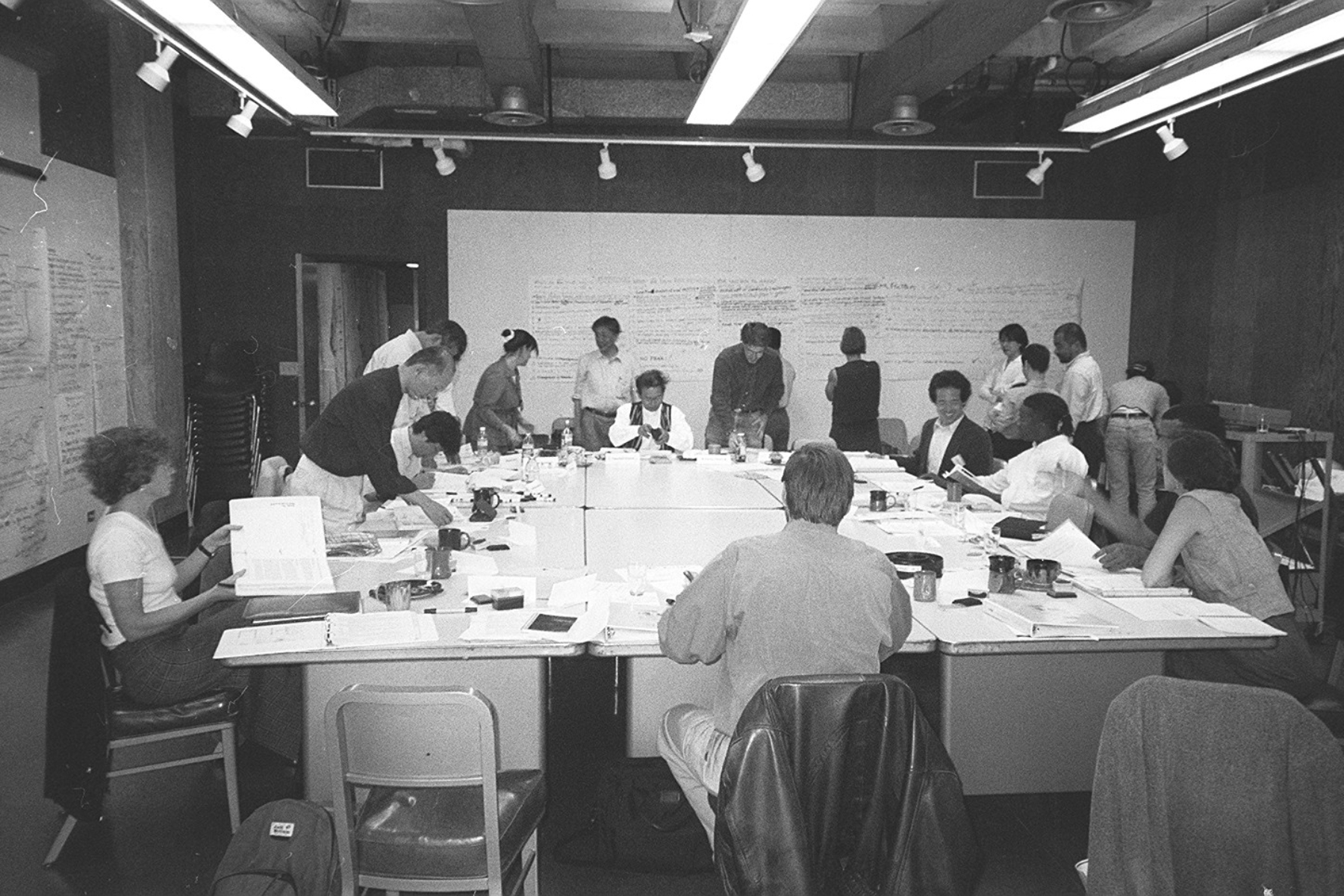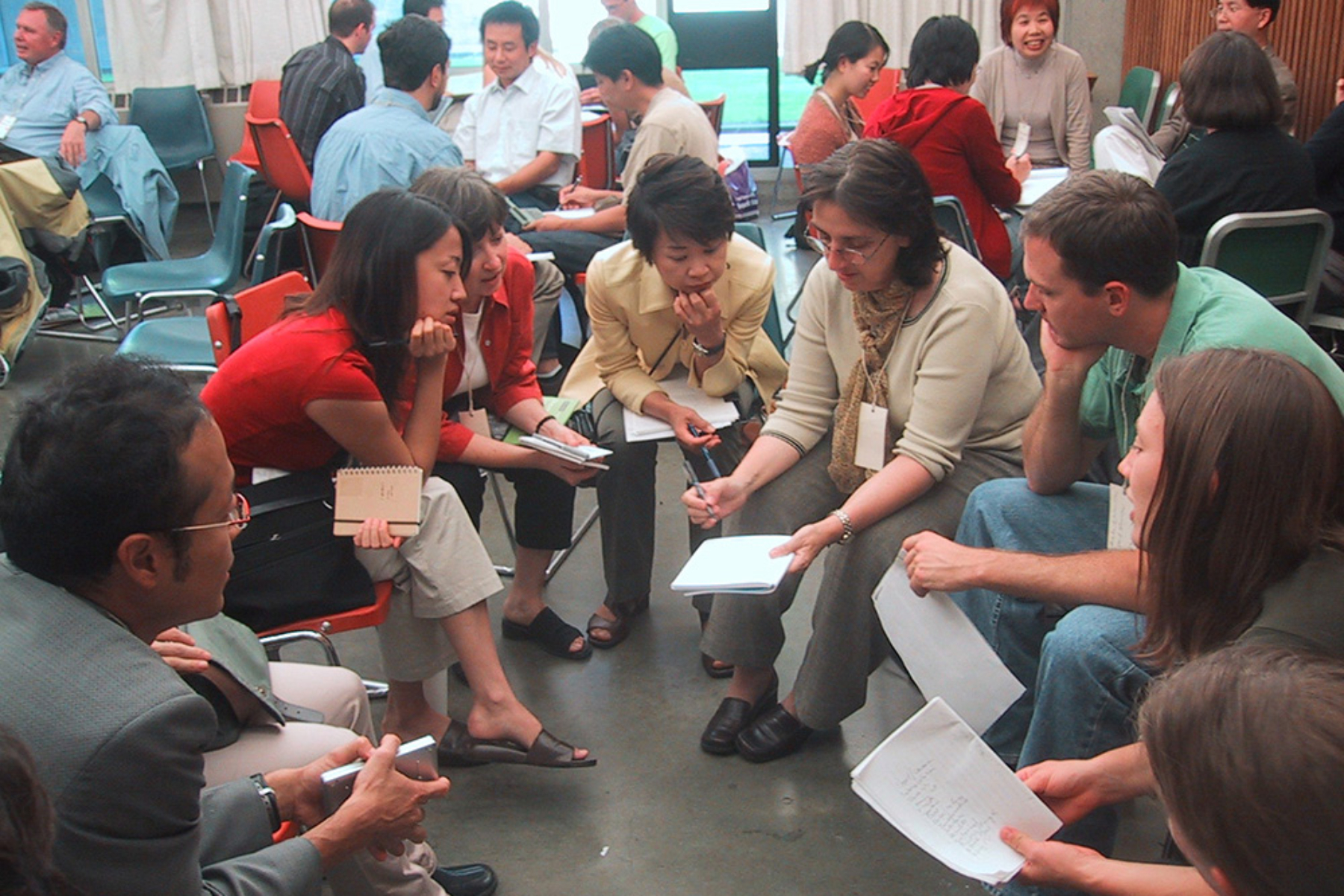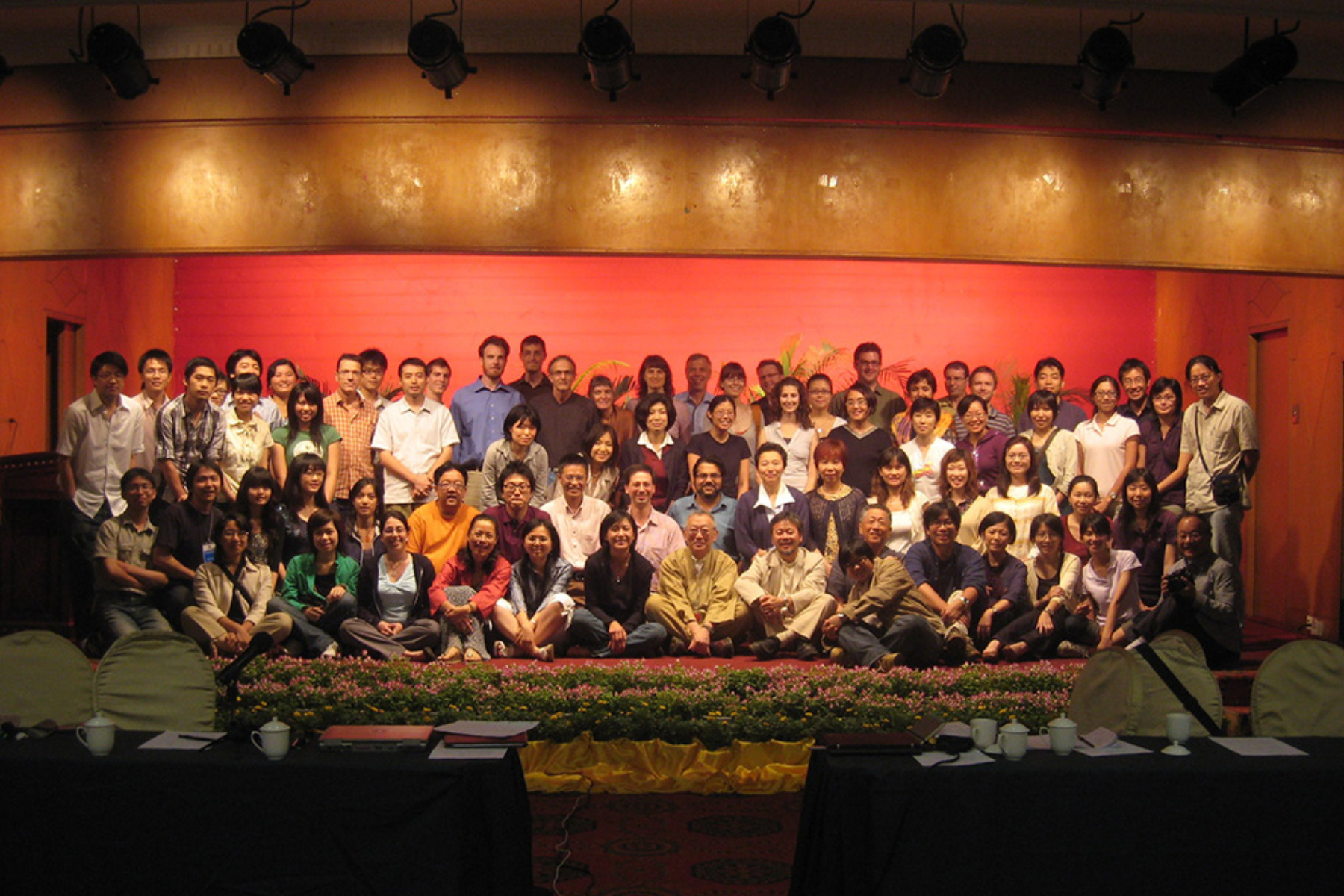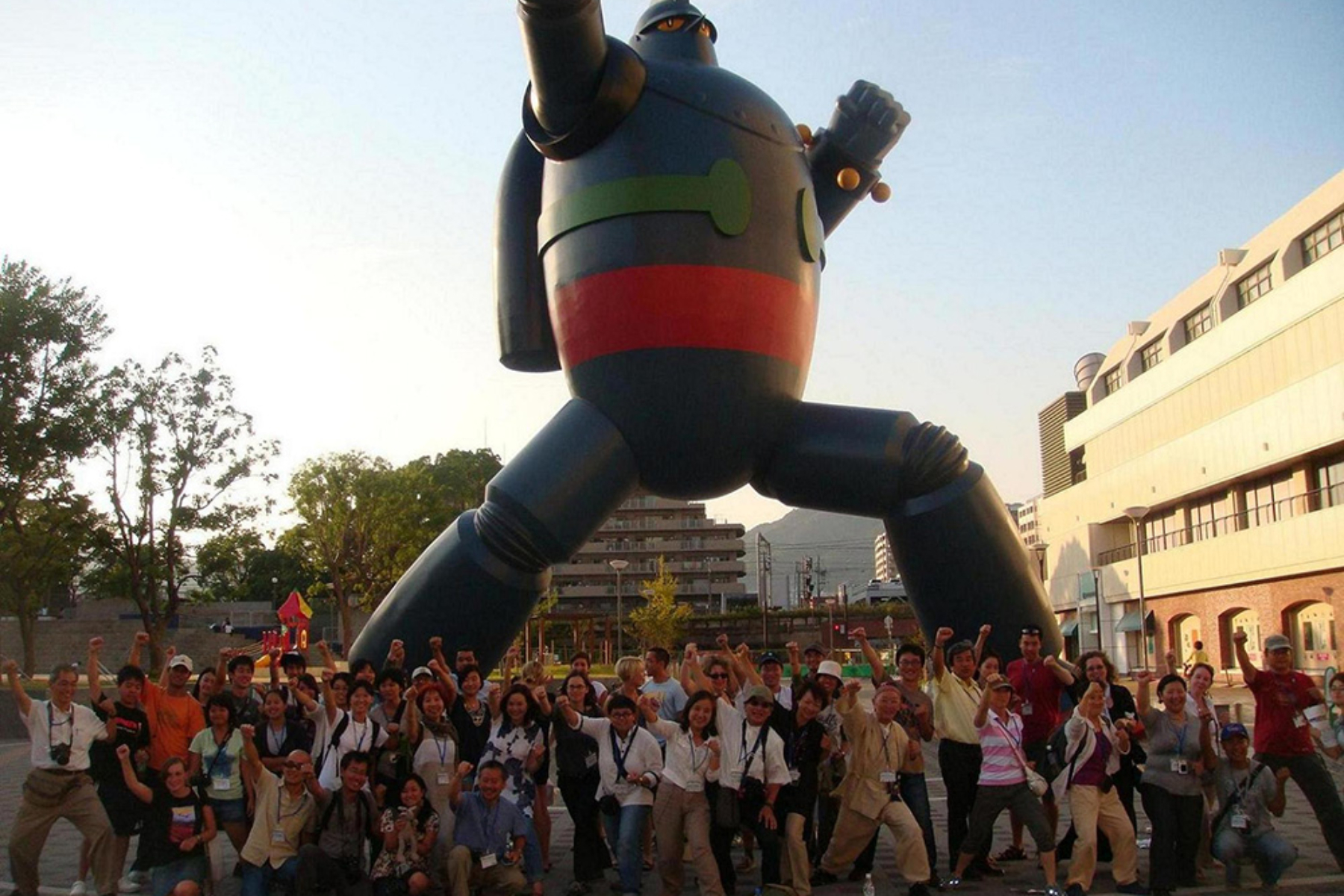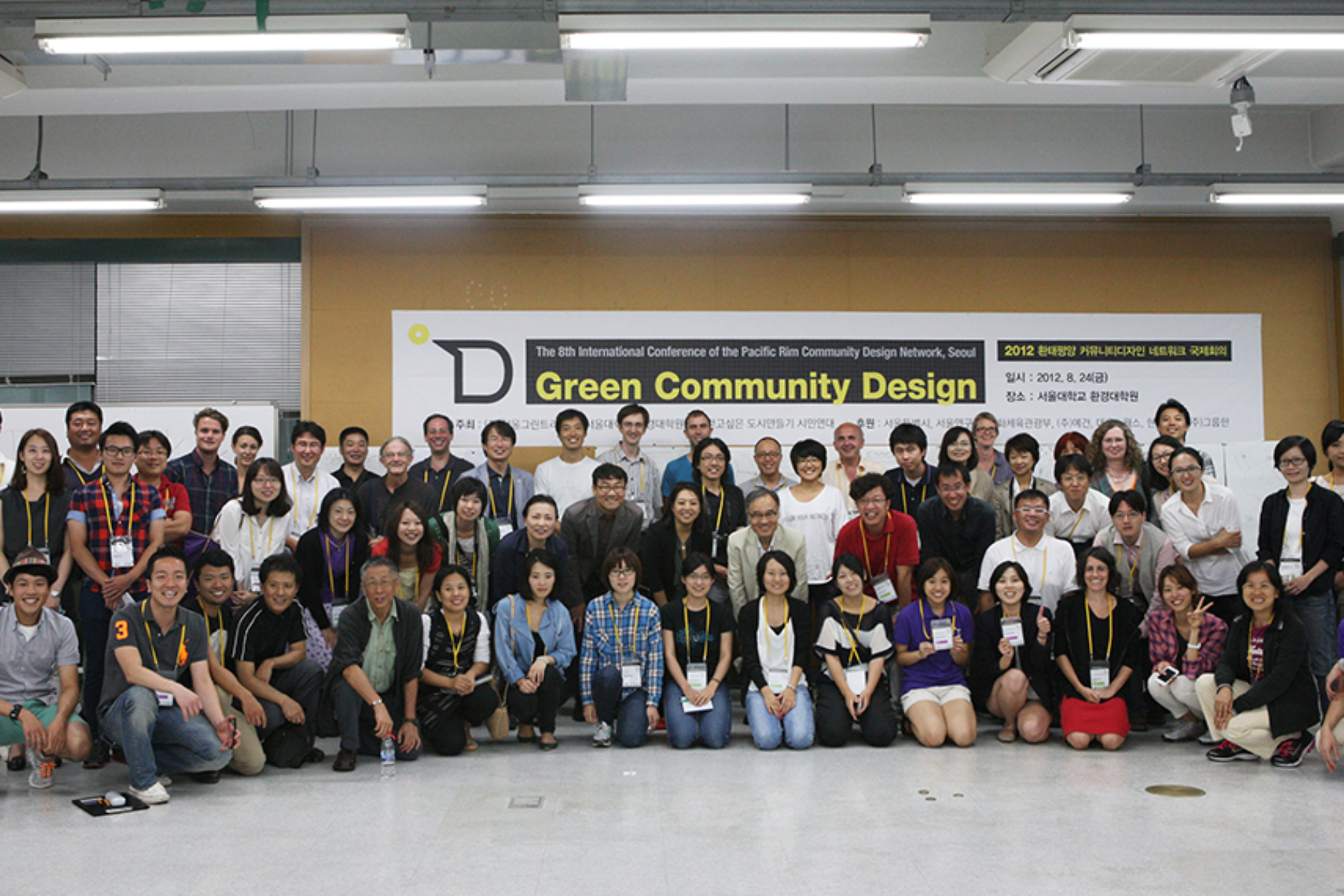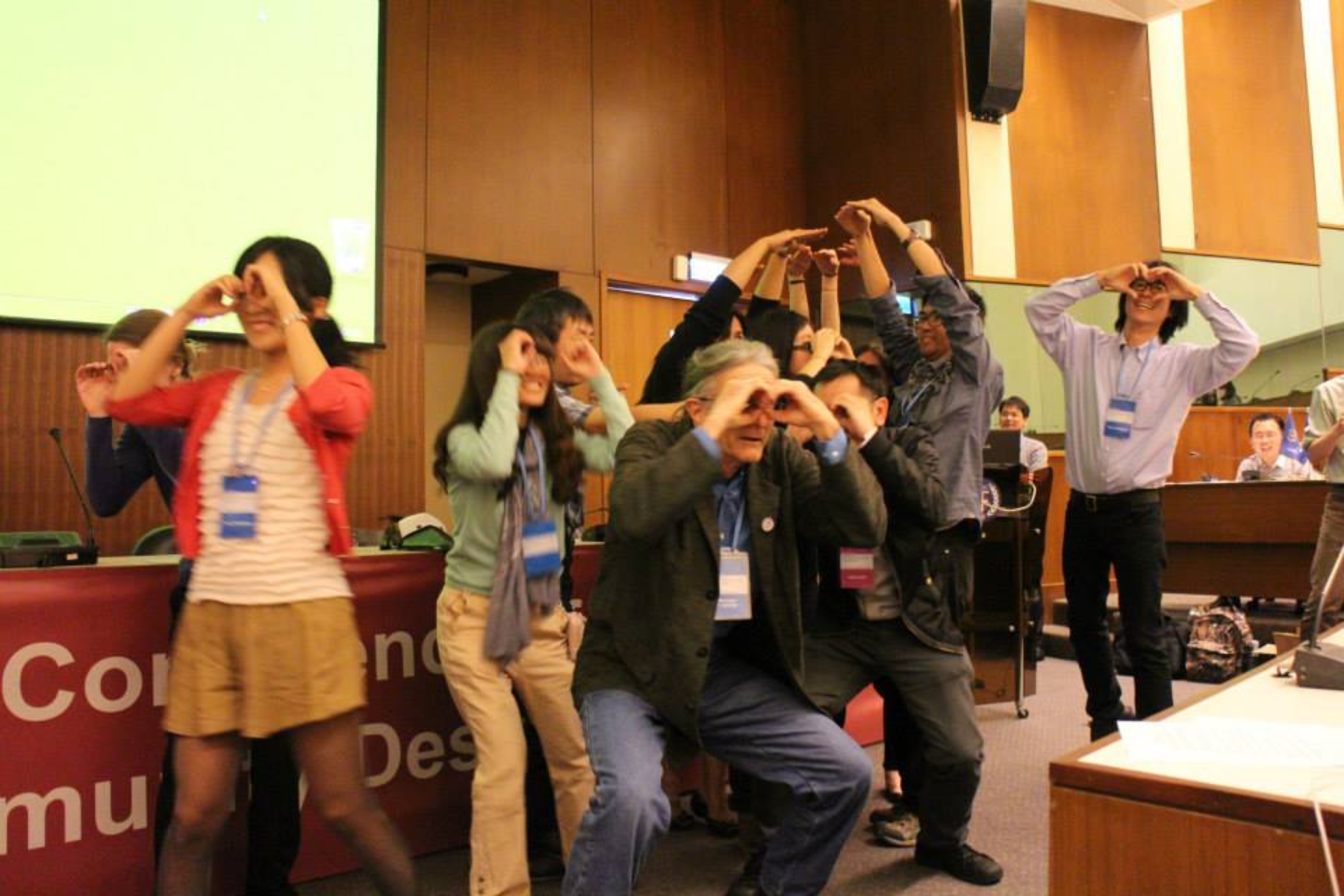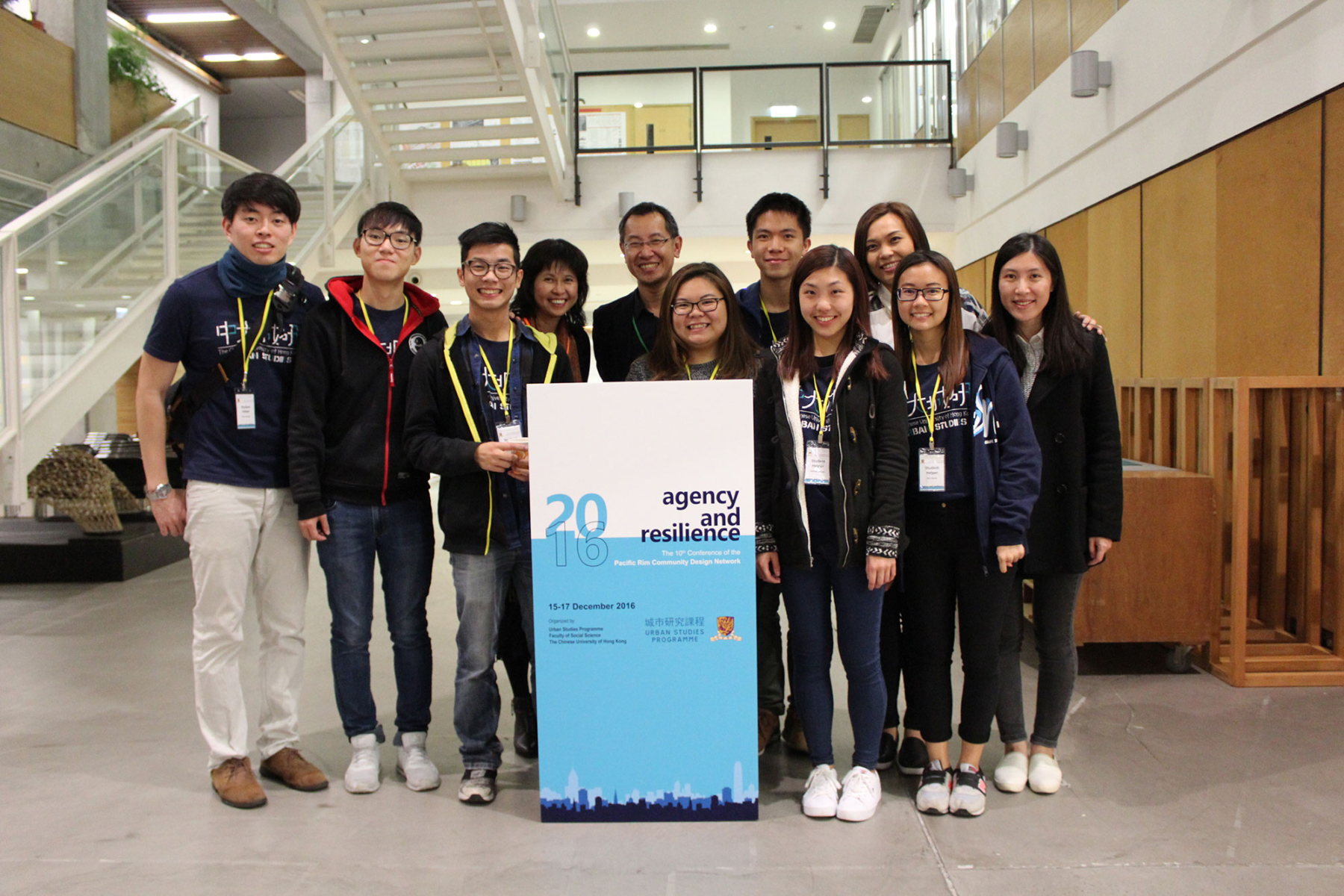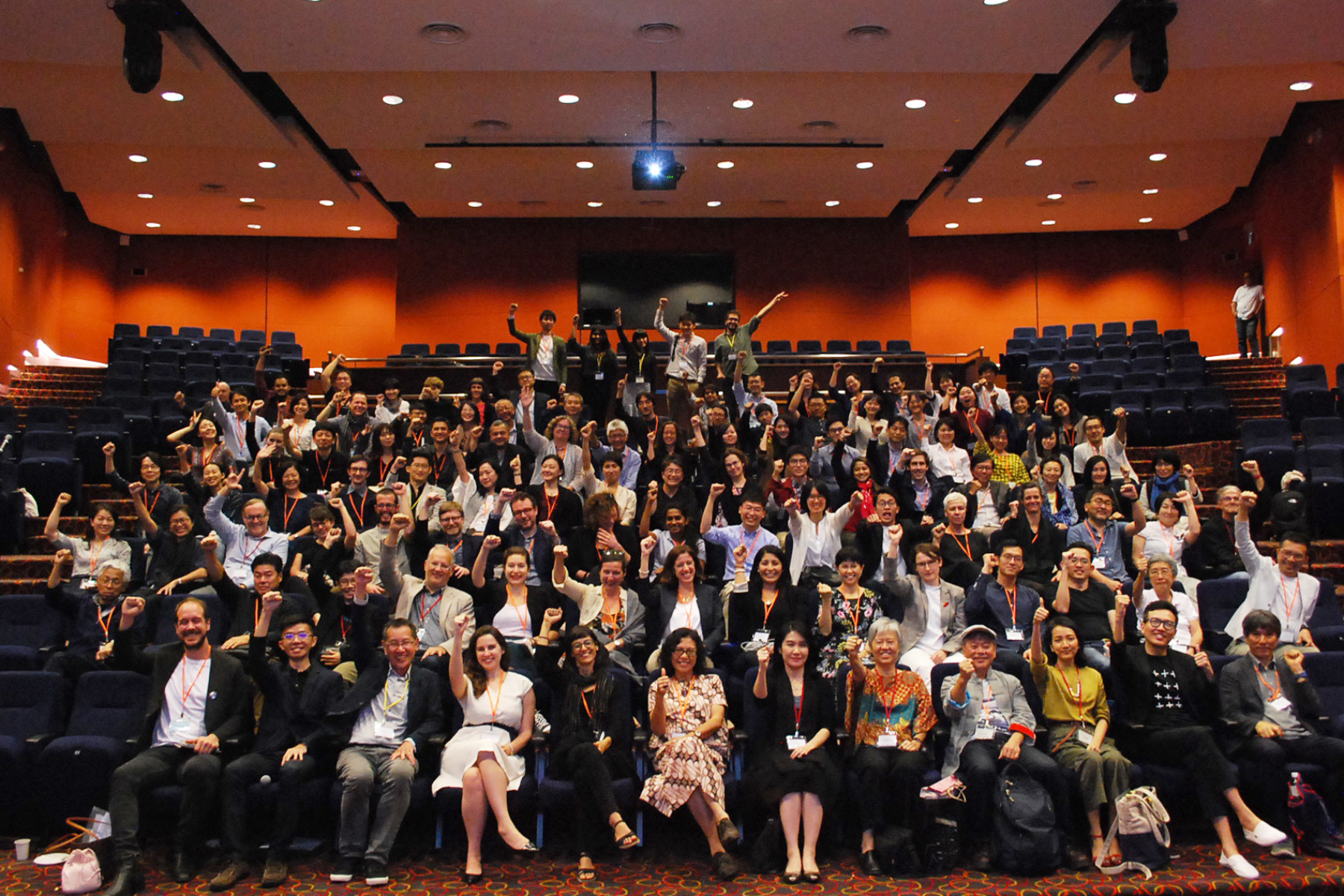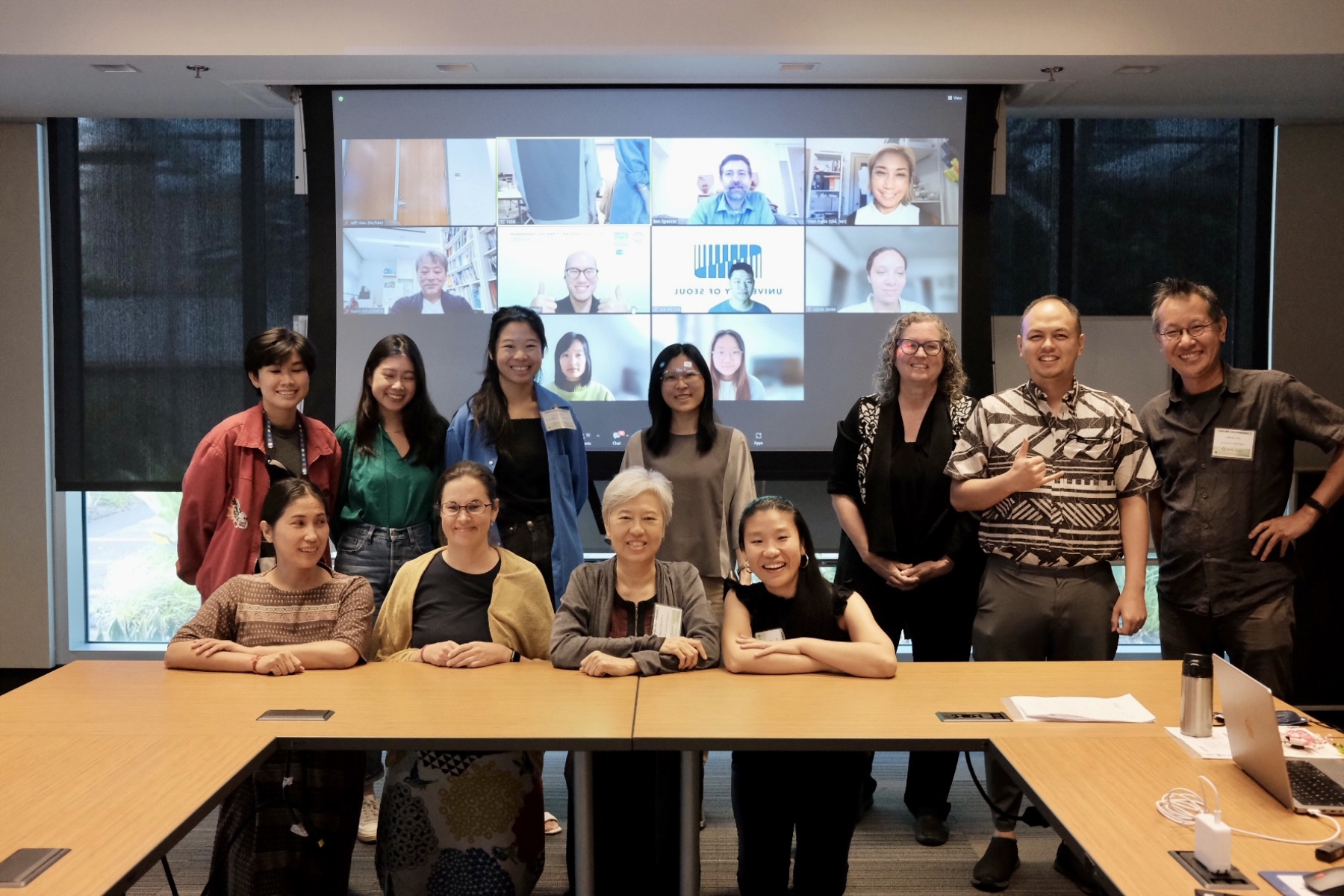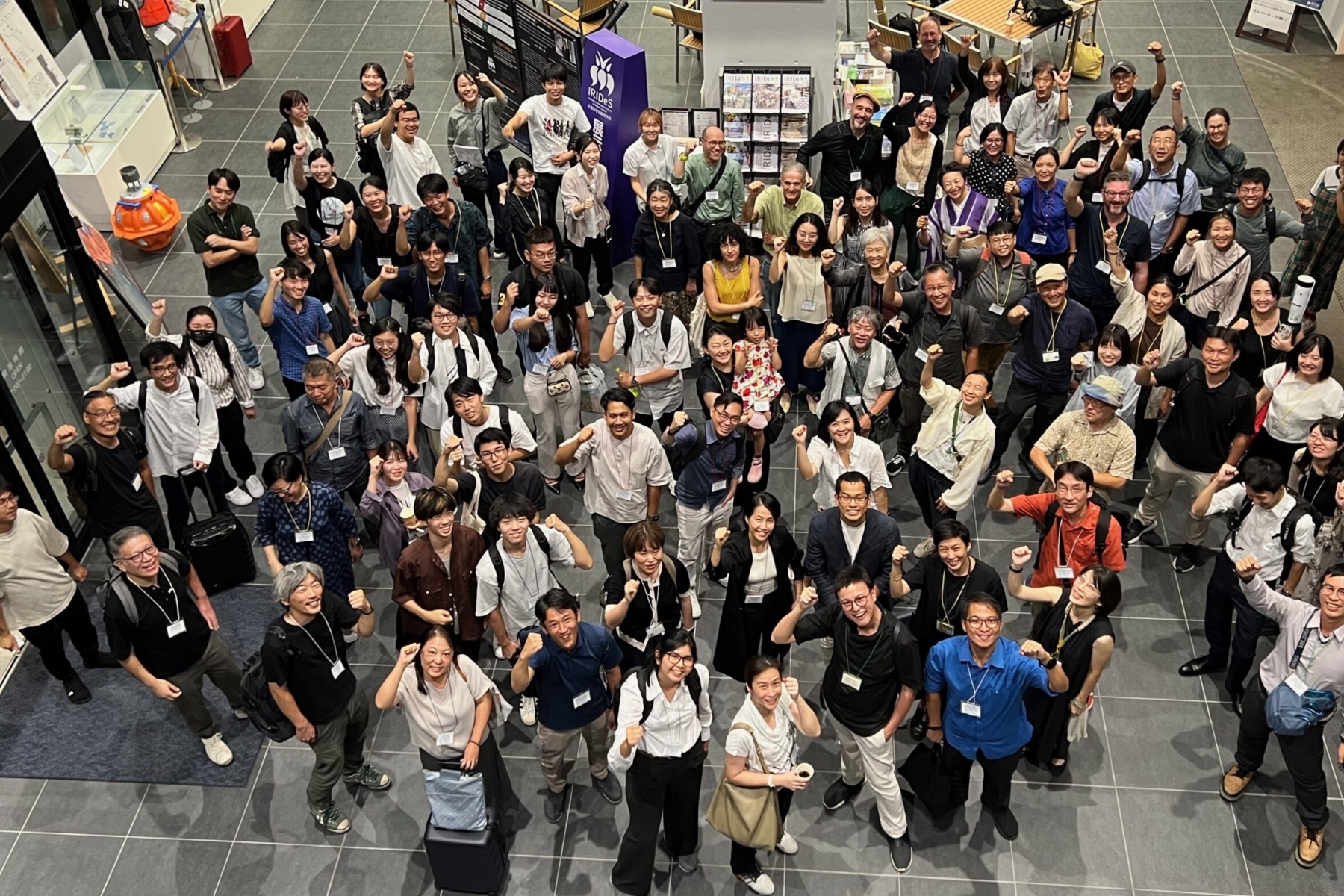The Pacific Rim Community Design Network was launched following a working conference at the University of California, Berkeley in 1998. Titled “Coastal Echoes: Democratic Design in the Pacific Rim,” the conference brought together leading community design scholars and practitioners from Japan, Taiwan, and the United States. The purpose of the conference was to provide the practitioners and scholars working in the field of participatory design and planning across the Pacific Rim region with an opportunity to share and compare each other’s experiences and advance their practice and research.
Through conferences and joint projects, the network has provided a vehicle for collaboration and mutual support, as well as a forum for a comparative understanding of community design in the fast-changing political and social context of the Pacific Rim. Network members now span from Asia-Pacific to the Americas, in countries including Australia, Canada, China, Ecuador, Indonesia, Japan, New Zealand, Philippines, Singapore, South Korea, Taiwan, Thailand, and the United States.
 Berkeley 1998
Berkeley 1998 Saitama 1999
Saitama 1999 Matsu, Taiwan 2001
Matsu, Taiwan 2001 Hong Kong 2002
Hong Kong 2002 Seattle 2004
Seattle 2004 Quanzhou 2007
Quanzhou 2007 Awajishima 2010
Awajishima 2010 Seoul 2012
Seoul 2012 Taiwan 2014
Taiwan 2014 Hong Kong 2016
Hong Kong 2016 Singapore 2018
Singapore 2018 Honolulu 2022
Honolulu 2022 Tohoku X Tokyo 2023
Tohoku X Tokyo 2023
Photos: Working conferences from 1998 to 2018
